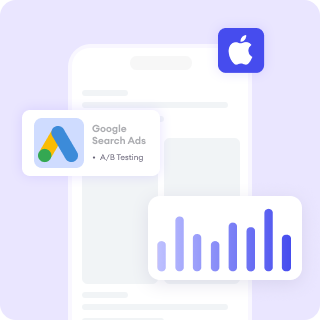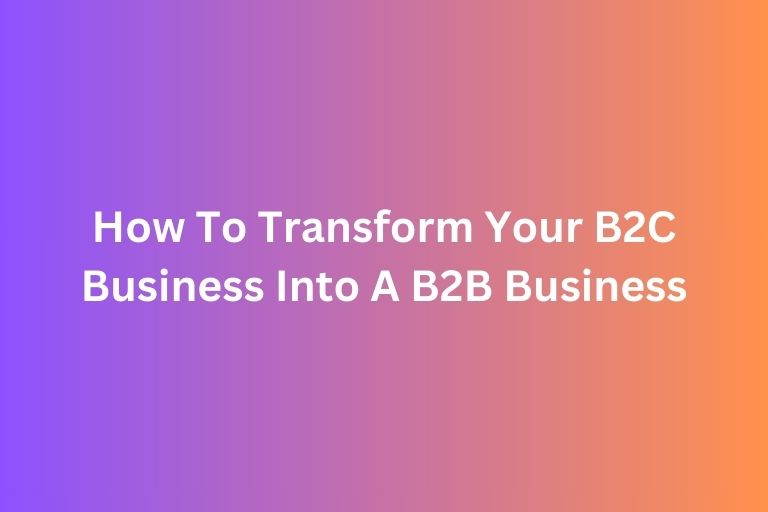The Intent Stage of the marketing funnel stage is where potential customers are not just aware of your product or service but are actively considering making a purchase. They are aware of your product or service and have shown interest by engaging with your brand, whether through website visits, content downloads, or social media interactions.
In the Intent stage, they have expressed a clear intent to purchase or take the next step, such as signing up for a free trial or requesting more information.
The challenge lies in transforming that interest into action. They are comparing features, reading reviews, and seeking validation. Your goal is to nurture this interest and guide them toward making a decision that favors your offering.
Here’s how you can encourage potential users to do a conversion during The Intent Stage in Marketing Funnel:
Why is the Intent Stage Important?
The Intent stage is crucial because it is the tipping point between curiosity and conversion. Prospects in this stage have demonstrated that they are genuinely interested in your offering, and with the right approach, you can guide them toward making a final decision. It’s at this stage that actionable strategies can make all the difference in transforming leads into loyal customers.
Key Characteristics of the Intent Stage
- Active Research: Prospects are engaging with content and looking for information that will help them make an informed decision.
- Comparison: They are likely comparing different products or services to find the best fit for their needs.
- Higher Engagement: Prospects may be interacting with your brand through emails, social media, or your website more frequently.
Strategies for Encouraging Action in the Intent Stage
1. Use Personalized Offers and Messaging
Personalization is key when engaging prospects in the Intent stage.
No one likes to feel like they’re just another name in a database. Your prospects have given you hints through clicks, searches, or downloads about what matters to them. Now’s the time to act on that insight.
- Be specific: Instead of a generic “We think you’ll love this,” say, “Based on your interest in [specific product], we’ve created a special offer just for you.”
- Leverage automation: Use tools that let you send personalized emails, website pop-ups, or recommendations tailored to individual behavior.
The goal? Make them feel seen, heard, and valued.
For example, if a prospect has been viewing a specific product category on your website, consider offering a discount on that category or a limited-time bundle offer that addresses their interests.
2. Create a Sense of Urgency
People are more likely to take action when they feel a sense of urgency. A little urgency goes a long way. Humans are wired to act when they feel time slipping away or when they see that others are snapping up something they might miss out on.
Limited-time offers, countdowns, or low-stock notifications can trigger the fear of missing out (FOMO), prompting prospects to act quickly. For example “Only 5 items left in stock! Order now to secure yours,” or “Hurry, 24-hour flash sale on your favorite products!”
- Try a countdown timer: “This deal ends in 3 hours!” works wonders.
- Highlight scarcity: Think “Only 2 left in stock!” or “Limited spots available.”
- Keep it authentic: Avoid false scarcity. It’s tempting but erodes trust in the long run.
Urgency isn’t about being pushy—it’s about reminding prospects why acting now benefits them.
3. Clear Calls-to-Action (CTAs)
Have you ever been ready to act on something, only to hesitate because you weren’t sure what to do next? Don’t let this happen to your prospects.
A strong and clear call-to-action is essential in guiding prospects toward the next step. Whether it’s “Buy Now,” “Get Started,” or “Claim Your Free Trial,” make sure the CTA is direct, actionable, and prominently placed.
- Use action-oriented language. Replace “Submit” with “Claim My Offer” or “Get My Free Trial Now.”
- On your website, put them in easy-to-spot places above the fold or right after key info.
- Make sure the process from clicking to converting is seamless and easy to find(e.g., a bright button or link). No one wants to fill out a dozen fields or navigate a maze of steps.
- Ensure the CTA resonates with the prospect’s current needs, based on their stage in the funnel.
4. Offer Social Proof and Testimonials
You know your product is amazing—but don’t just take your own word for it. Prospects in the Intent stage are often looking for validation from others.
At the Intent stage, prospects are likely to be considering alternatives and weighing their options. Social proof, such as customer testimonials, reviews, and case studies, can provide reassurance and validation. By showing how others have benefited from your product or service, you reduce the perceived risk and make prospects feel more confident in their decision.
Here's what you can do:
- Show off your reviews: Highlight glowing testimonials on product pages or in follow-up emails.
- Use real-life examples: Case studies, before-and-afters, or quick success stories can be incredibly persuasive. e.g “See how we helped Company X increase their revenue by 30% with our software solution.”
- Go visual: A happy customer’s video testimonial or even a well-designed infographic can create a lasting impression.
When prospects see that others like them have taken the leap and loved the result, it’s easier for them to say “yes.”
Learn more: What Are Social Signals and How Do They Impact Your Business
5. Make the Decision Process Easy
Prospects in the Intent stage are ready to make a decision, so make it as easy as possible for them to act. Provide clear instructions, a seamless checkout experience, and any support they might need in making their decision. Address common questions with an FAQ section or offer live chat for immediate assistance. For example, make sure your checkout process is smooth, with minimal steps and payment options.
Learn more: How To Create Content Based On FAQ (PPA) Features On SERP?
6. Follow-Up with Email Marketing
Sometimes, all a prospect needs is a little nudge. Life gets busy, and even the most interested buyers can forget to act.
Email remains one of the most effective ways to nurture leads and prompt action. In the Intent stage, a well-timed, personalized email can remind prospects of what they stand to gain by acting now. Be sure to include a strong call-to-action, product benefits, and any additional incentives such as discounts or bonuses.
Here's what you can do:
- Send a reminder email: “Hey, we noticed you left this in your cart. Here’s 10% off to make it yours today.”
- Offer extra support: “Still have questions? Reply to this email or chat with us live!”
- Keep it friendly, not frantic: No one wants to feel like they’re being badgered. Gentle persistence wins the day.
7. Provide Clear, Transparent Pricing
Prospects are wary of hidden fees, confusing terms, or vague commitments. Transparency builds trust so be upfront and clear about what they’re getting and why it’s worth the investment. Avoid hidden fees or ambiguous costs that could create confusion or hesitation. Instead, offer clear pricing and break down the value that prospects will receive.
- Break it down: “Here’s what’s included in this package” or “No hidden fees, ever.”
- Add guarantees: A risk-free trial or money-back promise can reduce hesitation.
- Speak their language: Avoid jargon. Focus on what they care about—value, benefits, and peace of mind.
Conclusion
The Intent Stage of the marketing funnel is a critical juncture where prospects are on the verge of making a decision. By providing valuable content and all of the important informations, you can effectively encourage prospects to take action.
The goal is not just to convert but to build a lasting relationship that keeps customers coming back.
Improve your site performance with FoxAdvert!
If you are looking forward on how to improve your site performance, our professional team of digital marketer at FoxAdvert experts can help you. Contact us today to start your journey 😊











